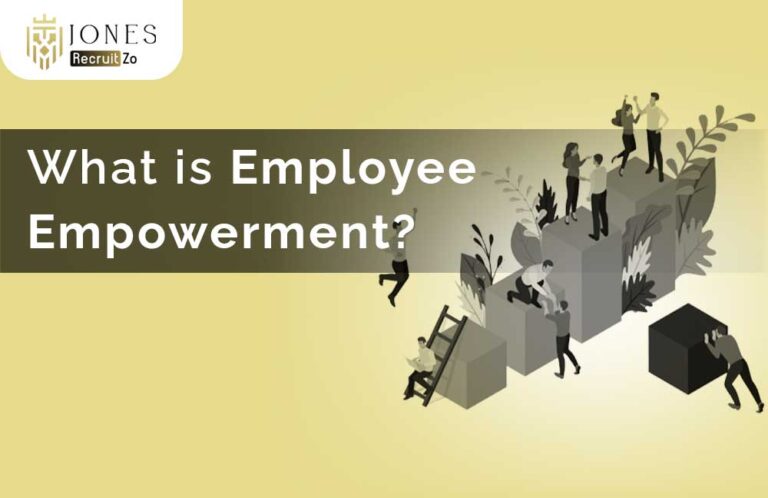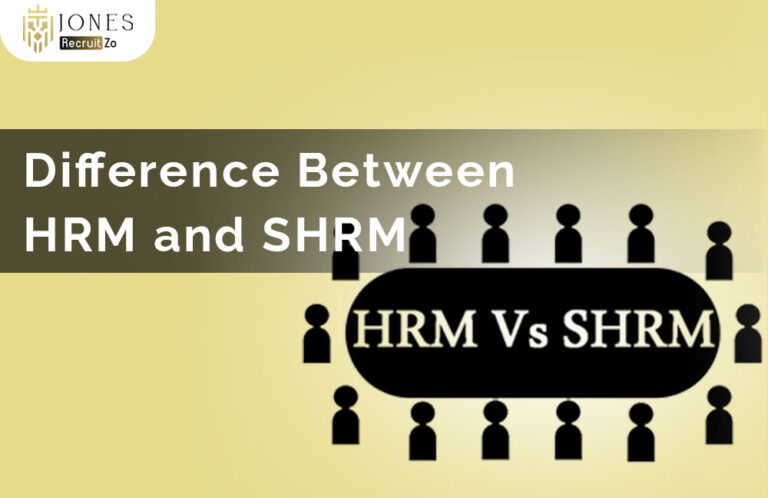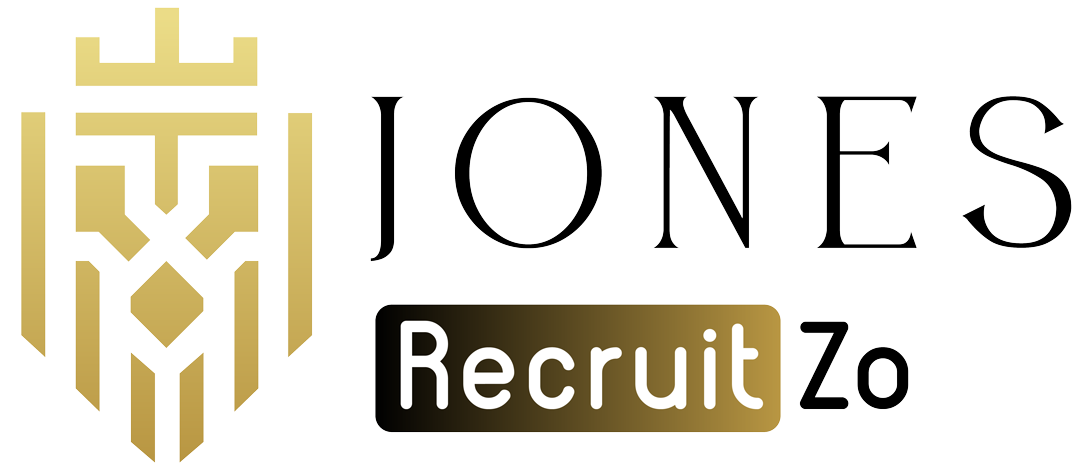Key Insights
Lateral Hiring Meaning
Lateral hiring refers to recruiting experienced professionals from outside the company for roles at a similar level. It helps bring in talent with relevant industry knowledge and a shorter learning curve.
Benefits of Lateral Hiring
Lateral hiring speeds up project execution, introduces new ideas, fills skill gaps, strengthens teams, and contributes to faster business growth.
Lateral Hiring Process
The lateral hiring process involves identifying skill gaps, drafting clear job descriptions, sourcing the right candidates, conducting interviews, verifying credentials, and onboarding the hire.
What is Lateral Hiring?
Lateral hiring means hiring an experienced professional for some position from outside the organisation which is also at the same level as the existing or previous position held by the candidate. It is unlike an entry-level hiring or an internal hiring; therefore, candidates with knowledge of the industry, technical skills, and talent who can contribute straightaway are brought in. Have some specialised capabilities that have to be urgently introduced into a team so that they can be gained through lateral hiring.
What are the Benefits of Lateral Hiring?
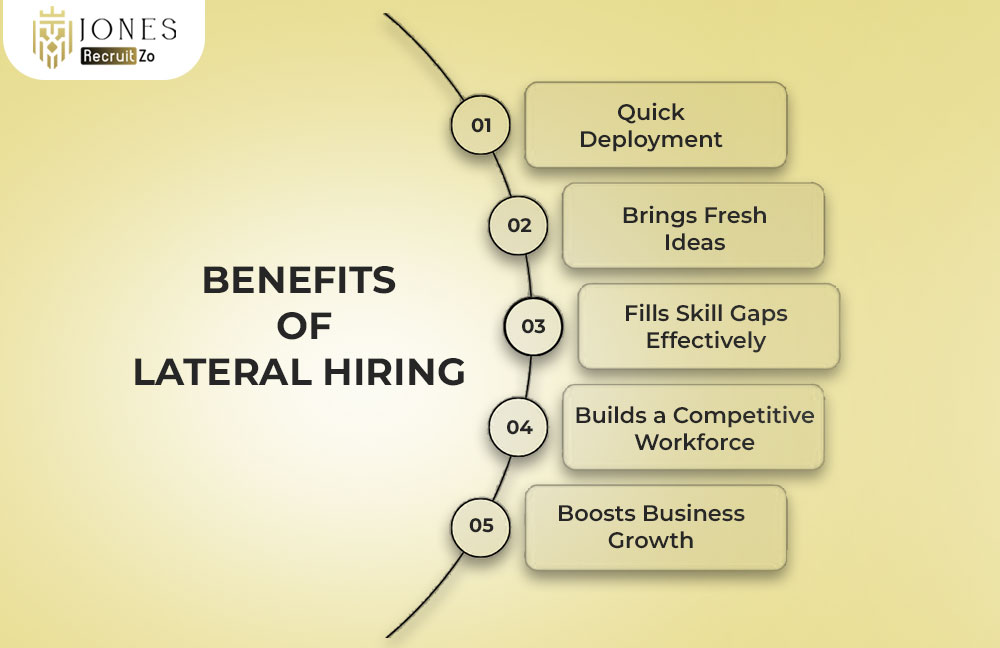
Hiring at scale not only addresses immediate staffing needs but also brings strategic advantages. Here are some of the key benefits
Quick Deployment
Experienced candidates often know the tools, workflows, and industry practices relevant to the role. Such knowledge limits or eliminates the need for training, and candidates, therefore, integrate quickly into ongoing projects.
Brings Fresh Ideas
New talent coming from different backgrounds introduces novelty into an organisation. They may propound new ways of getting work done while questioning old approaches, thereby contributing to a more vibrant culture of innovation.
Fills Skill Gaps Effectively
Skill gaps in critical areas such as technology, operations, or compliance can delay progress. Lateral hiring enables companies to plug these gaps with individuals who already possess the required knowledge and hands-on expertise.
Builds a Competitive Workforce
Hiring professionals with strong credentials and proven experience ensures that teams are not only capable but also aligned with industry standards. This helps the organisation stay ahead of competitors in a fast-moving market.
Boosts Business Growth
Lateral hires can take on responsibilities quickly and often bring established networks, client relationships, or domain expertise. Their contributions directly impact key performance areas and support the company’s overall business goals.
Difference Between Lateral Hiring and Other Types of Hiring
Understanding how lateral hiring compares to other hiring models helps companies make the right recruitment decisions based on their goals.
Lateral Hiring vs Internal Hiring
An internal hire refers to promoting or transferring someone already in the company into a new job. This fosters morale and allows institutional knowledge to remain within the company; however, it may not sufficiently address current skill gaps that lateral hiring through external means may be able to fill.
Later Hiring vs Campus Hiring
Campus hiring involves recruiting fresh graduates that need learning and development until they can carry full responsibilities. Lateral hiring, on the other hand, is the recruitment of professionals with skills, experiences, and confidence to function independently from day one.
Lateral hiring vs. vertical hiring
Vertical hiring refers to filling the roles that involve higher levels of responsibility, such as leadership or managerial positions. Lateral hiring keeps the job level constant but alters the person doing the job, usually bringing in new perspectives or closing existing capability gaps.
Lateral Hiring Process
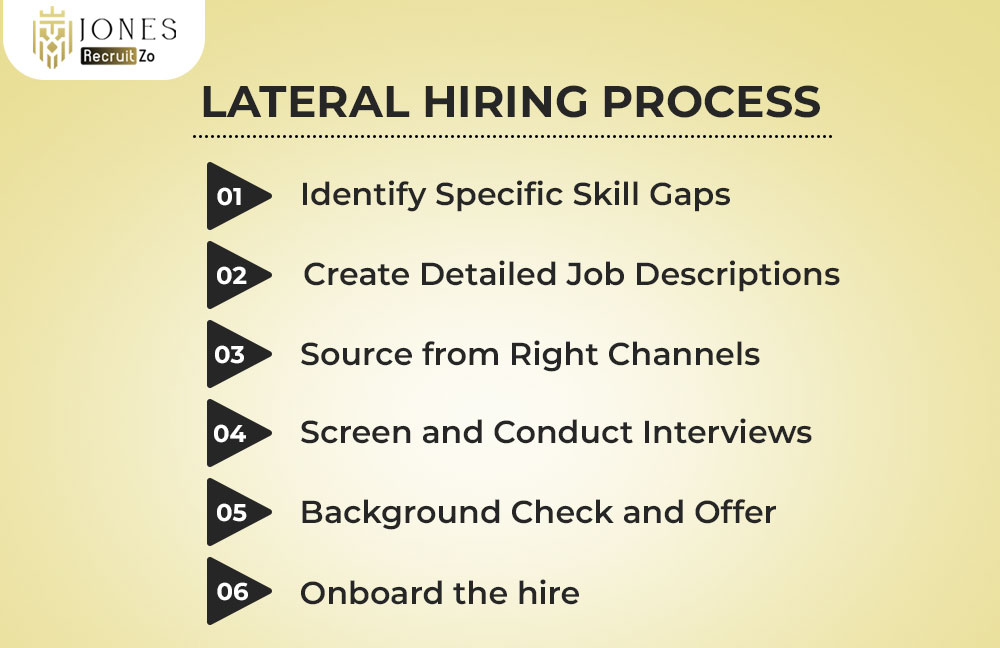
Lateral hiring requires a focused approach that aligns candidate capabilities with specific business needs. A structured Hiring process ensures quality and consistency at every stage.
Identify Specific Skill Gaps
Analyse the present skill set of a group and identify where expertise is missing. It may be due to project activities, due to an exit of an option, or expected due to organisational changes.
Create Detailed Job Descriptions
Once the justification for the job described is clear, one must draw up job descriptions, citing the must-haves, skills, requisite experience, and responsibilities. An articulated job description attracts candidates closest to the advertised job.
Source from Right Channels
Specialised sourcing methods that include professional networking, referrals, recruitment agencies, and job boards are best for sourcing experienced candidates. These platforms are more likely to come across candidates who are either active or passive lateral opportunities.
Screen and Conduct Interviews
Conduct an initial screening and shortlisting of candidates that fit the basic requirements. Thereafter, the shortlisted candidates are interviewed in detail, exposing their technical, industry, problem-solving, and team-fit competences.
Background Check and Offer
After identifying the preferred candidate, conduct background checks to verify employment history, qualifications, and any other relevant information. Then, roll out a competitive offer that reflects their experience and market value.
Onboard the hire
A structured onboarding plan ensures the new hire understands their role, team dynamics, and company policies. It also helps them become productive faster and align with the organisation’s culture and goals.
FAQs
1) What is Lateral Hiring?
Lateral hiring is the process of recruiting experienced professionals from the outside for openings at the same or more or less comparable levels to their previous job.
2) What are the benefits of lateral hiring?
The organisation is able to quickly deploy professionals who possess specialised skills, along with new perspectives, specific skills for short distances, or enhanced performance for the organisation.
3) What is the difference between lateral and vertical hiring?
The lateral hiring fills positions at the same level, whereas vertical hiring is for senior positions, usually by way of promotions or senior-level recruitment.
4) What is the process of lateral hiring in companies?
This starts with identification of skill need, description of the positions, searching through relevant sources, interviewing, background checking of candidates, and finally onboarding the candidate.

